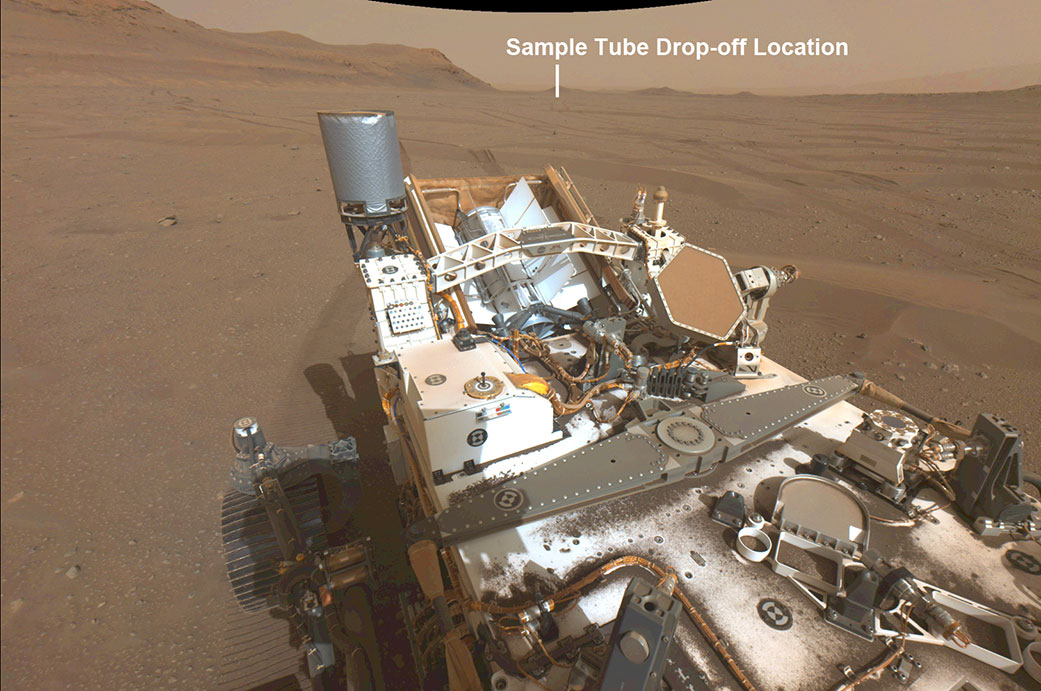Experts from NASA and ESA have identified a place that will be used as a backup storage for samples of Martian soil collected by the Perseverance rover. It will be located in an area located near the ancient river delta in the Jezero crater.
Mars Sample Return Mission
On board the Perseverance rover, there are 43 capsules designed to store samples of Martian soil and the atmosphere of the planet. At the moment Perseverance has filled 17 of them. In the future, these samples will be delivered to Earth for study by the joint US-European Mars Sample Return mission.

The current mission plan involves using Perseverance itself to deliver the capsules it collected to the SRL (Sample Retrieval Lander) lander. After overloading the samples, the MAV module (Mars Ascent Vehicle) installed on it will take off and enter an areocentric orbit. There it will dock with the ERO (Earth Return Orbiter) probe built by ESA and transfer samples to it. After that, the European spacecraft will leave the vicinity of Mars and set a return course to our planet.
Storage of samples of Martian soil
The plan described above is based on the assumption that Perseverance will remain operational by 2029 – 2030, when the landing of SRL is planned. However, despite the fact that so far all NASA rovers have demonstrated excellent survivability, there is always the possibility that something will help go wrong. Therefore, the organizers of the mission decided to hedge their bets and create a spare sample storage.

The essence of the idea is that Perseverance will unload part of the capsules at a special point. They will become a scientific reserve in case the rover breaks down. These capsules will be picked up by two helicopter drones that will arrive on Mars together with SRL, and then delivered to the return module.
Recently, NASA and ESA announced that they had chosen the place where the capsules would be unloaded. It is called Three Forks and is located next to the ancient river delta in the Jezero crater.
At the moment, the launch of the Mars Sample Return mission is scheduled for 2027. It has recently entered the pre-design phase. Within its framework, engineers will focus on completing the development of technologies necessary for the implementation of the project, creating prototypes and evaluating software.
According to https://www.nasa.gov
Follow us on Twitter to get the most interesting space news in time
https://twitter.com/ust_magazine

